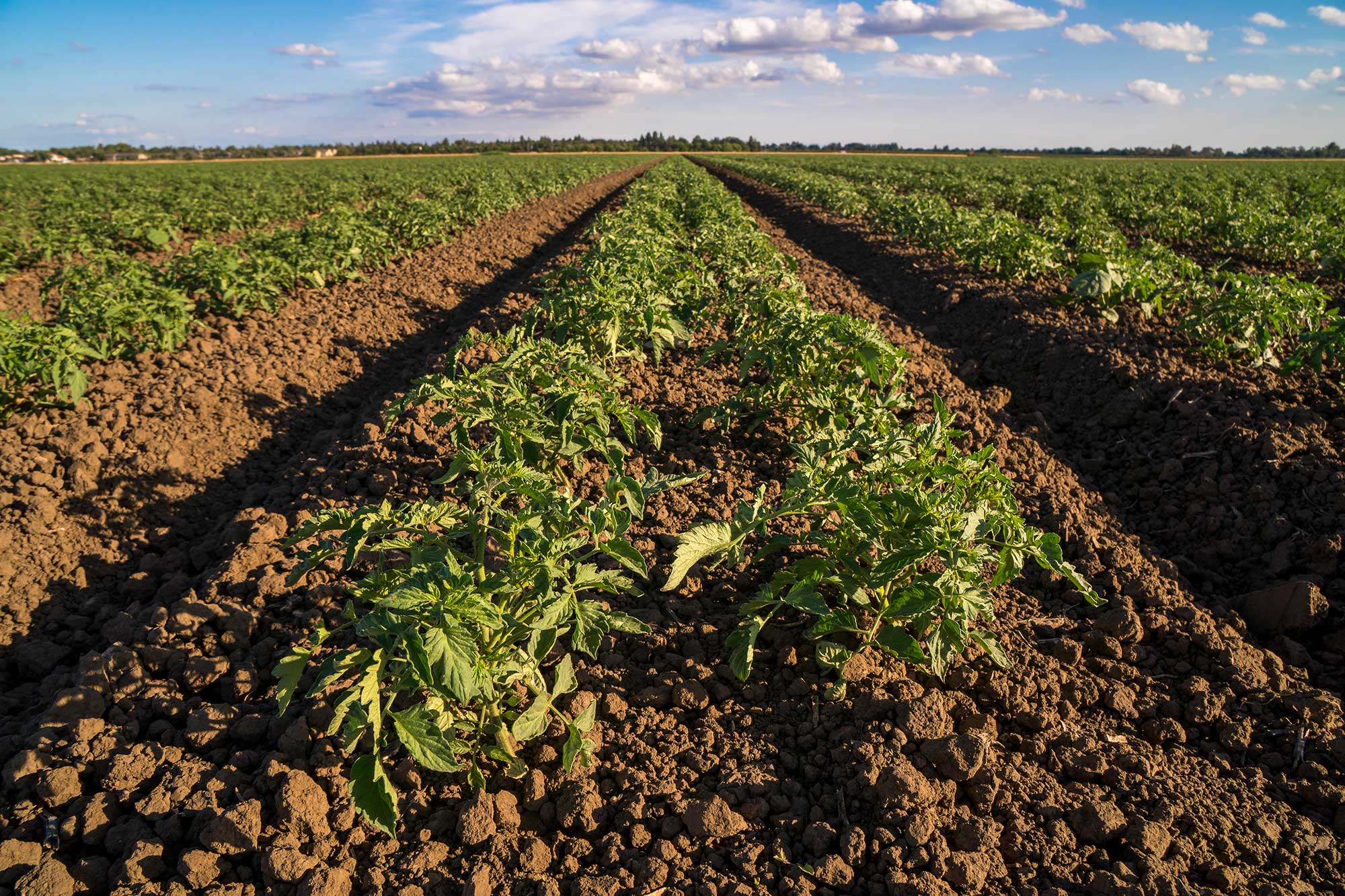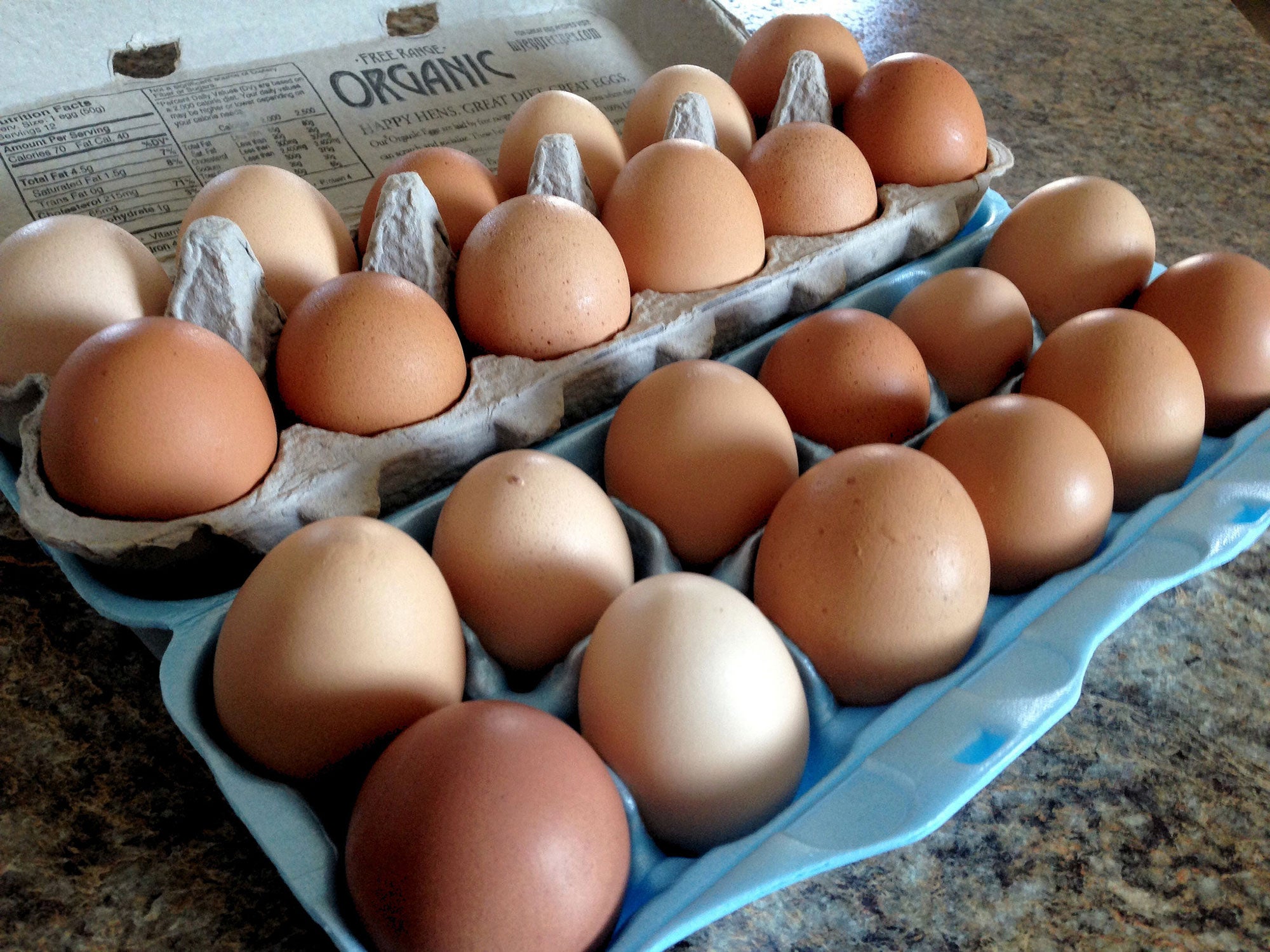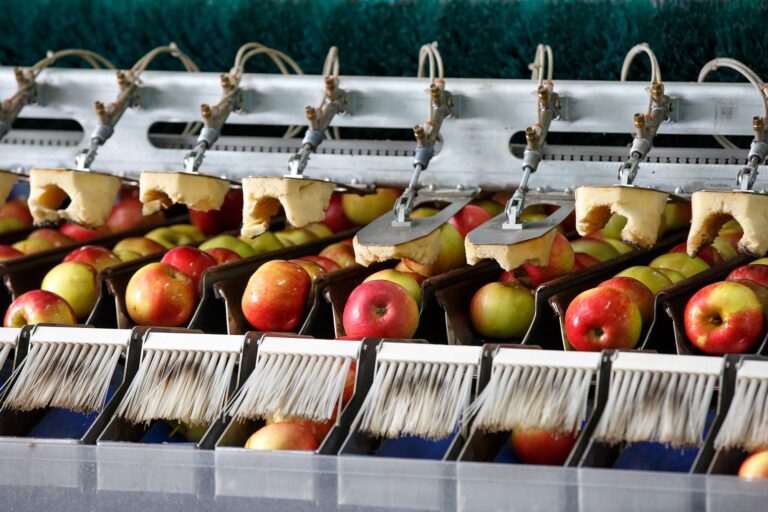When you run into the grocery store to grab a gallon of milk, some chicken, strawberries, and cookies for supper, it’s easy to just grab and not think. That food has gone on an incredible journey from its start on a farm, through processing, packaging, transportation, and finally arriving at a grocery store ready for you to take home! This entire process takes a lot of work, care, and hands to make it happen. But how long does it take?
I’m going to talk about a few common grocery store items — and as a bonus, check out this video that talks about the “$1,500 sandwich” that took six months to make.
Let’s start with produce. Produce can vary a lot based on the season, your location, weather, and more. If you live in a colder climate, more of your produce will need to be shipped. If your produce is coming from a local farm (within about 100 miles of the grocery store) it will be transported within about 24 hours. If it’s coming from farther away, it generally arrives in about three days. If produce is coming from overseas it can take longer.
Produce can be a little tricky because there are lots of variables. For example, you may live near greenhouses that grow lettuce in climate controlled spaces year round, which means you get local lettuce all the time, not just in summer.
But even to get produce, a lot of planning goes into it. Farmers often map out their fields and buy seeds the year before. Seeds are started all winter long in greenhouse and warmer climates. In spring, farmers make sure the garden or field is tilled, weed-free, and organized how they’d like. When the weather is warm enough, they can finally plant their seeds or plants. It takes a lot of care from there, ensuring everything is watered, free of weeds, and cared for the way it should be. After the appropriate growing season, produce can finally be harvested! Some produce is different, with apple trees, grape vines, cherries, and many other fruit trees taking years before they even bear fruit.

Next up is the refrigerator section! Milk takes quite the process. Dairy cows need to have a calf before they produce milk. A dairy heifer is bred for the first time when she’s around 15 months old, so she has her first calf at around two years old. Throughout their lives, dairy cows need specially formulated diets for whatever stage of life they’re in. Once cows are milking, farmers need to milk them two to three times each day, while caring for calves, running the farm, and so much more.
The cool thing about milk is even though it undergoes strict testing, standardization, pasteurization, and homogenization, it only takes two days for milk to go from the farm to the store.
Eggs are also a continual process. Most laying hens produce eggs for three to four years, but are kept for two to three years for commercial production due to their production decreasing after this. Chickens must grow for 18 to 22 weeks before they start producing eggs. Egg production is tied to the length of daylight, so production is heavier when the days are longer. Commercial chickens are also exposed to artificial light in winter so they can continue producing eggs. It takes about 26 hours for an egg to fully form, but this doesn’t mean a hen lays an egg at exactly every 26 hours. The average hen lays about 301 eggs per year, which is an impressive number that has been on the increase thanks to improved animal care, new technologies, and better nutrition and genetics.
Eggs are allowed to be on the shelf to be sold in the carton for 30 days. You can also figure out exactly when your eggs were packaged in the carton. Take a look at the three digit number on the carton. It will range from 001 to 365. Each number corresponds to the day of the year that the eggs were packaged.


Meat is another time-intensive product to take from start to finish. Animals need to be raised from birth, receiving proper care and nutrition the entire time. Animal care is a top priority throughout the entire life cycle of animals and across all species. There are always improvements to genetics, nutrition, technology, and more being adopted. It also takes a lot of hard work from the farmers who spend every day caring for their animals.
Beef cattle are raised to market weight which is typically 1,200 to 1,400 pounds at about 18 to 22 months of age. Market pigs are sent to slaughter at about 6 months of age, weighing 200 to 300 pounds. Broiler chickens are grown to about 4 to 7 pounds. After animals are harvested, they are immediately exsanguinated (the blood is removed). Some types of meat are hung to age, while others are immediately processed into primal cuts and sent off to their next step: the store, further processing, or to restaurants.
The freshness and quality of meat are always taken seriously.


So, how long does it take to grow your food? It really depends but it can take anywhere from a few weeks to several years. There is so much to the process that we could talk about, but this article hits the highlights.
Producing food is a continuous process that is always happening, and farmers and ranchers don’t get much of a break. Making sure we have safe and nutritious food is a 24/7 job that happens every day of the year. The next time you’re in the grocery store, remember that food doesn’t just appear by magic. Take a moment to think of all the hard work, dedication, and passion that went into getting that food in front of you. Also be sure to think of the many hands that played a role in getting food to your table.
Michelle Miller, the Farm Babe, is a farmer, public speaker, and writer who has worked for years with row crops, beef cattle, and sheep. She believes education is key in bridging the gap between farmers and consumers.


:max_bytes(150000):strip_icc()/54673504072_63b6d5500a_o-a07f17332d2e4bce8a229a525e60579b.jpeg)

:max_bytes(150000):strip_icc()/Early-season-soybeans-cow-blue-clouds-light-blue-dd724e1fbc6d421bb9f00eba157a7981.jpeg)








